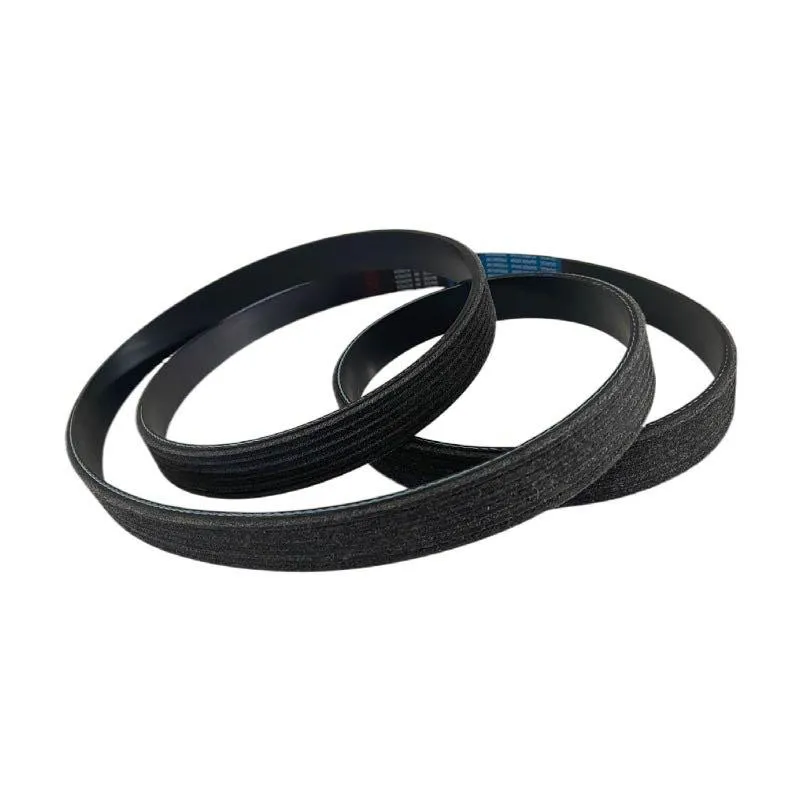- Arabic
- French
- Russian
- Spanish
- Portuguese
- Turkish
- Armenian
- English
- Albanian
- Amharic
- Azerbaijani
- Basque
- Belarusian
- Bengali
- Bosnian
- Bulgarian
- Catalan
- Cebuano
- Corsican
- Croatian
- Czech
- Danish
- Dutch
- Afrikaans
- Esperanto
- Estonian
- Finnish
- Frisian
- Galician
- Georgian
- German
- Greek
- Gujarati
- Haitian Creole
- hausa
- hawaiian
- Hebrew
- Hindi
- Miao
- Hungarian
- Icelandic
- igbo
- Indonesian
- irish
- Italian
- Japanese
- Javanese
- Kannada
- kazakh
- Khmer
- Rwandese
- Korean
- Kurdish
- Kyrgyz
- Lao
- Latin
- Latvian
- Lithuanian
- Luxembourgish
- Macedonian
- Malgashi
- Malay
- Malayalam
- Maltese
- Maori
- Marathi
- Mongolian
- Myanmar
- Nepali
- Norwegian
- Norwegian
- Occitan
- Pashto
- Persian
- Polish
- Punjabi
- Romanian
- Samoan
- Scottish Gaelic
- Serbian
- Sesotho
- Shona
- Sindhi
- Sinhala
- Slovak
- Slovenian
- Somali
- Sundanese
- Swahili
- Swedish
- Tagalog
- Tajik
- Tamil
- Tatar
- Telugu
- Thai
- Turkmen
- Ukrainian
- Urdu
- Uighur
- Uzbek
- Vietnamese
- Welsh
- Bantu
- Yiddish
- Yoruba
- Zulu
okt . 18, 2024 12:16 Back to list
Variable Speed Control for Belt Pulley Systems in Industrial Applications
Understanding Variable Speed and Its Impact on Belt Pulleys
In the realm of mechanical engineering and industrial processes, the concept of variable speed is of paramount importance. It refers to the ability of a machine or device to operate at different speeds depending on the requirements of the application. Variable speed systems are prevalent in a range of industries—from manufacturing to automotive—and are particularly significant when discussing belt pulley systems.
What is a Belt Pulley?
A belt pulley is a wheel on an axle or shaft designed to support movement and change of direction of power. Its primary function is to transmit power between shafts and to transfer rotational motion. In many cases, pulleys work in conjunction with belts, which are loops of flexible material used to link two or more rotating shafts. Together, they can efficiently convey power from one part of a machine to another.
The Importance of Variable Speed
Variable speed systems are integral to optimizing performance, improving energy efficiency, and increasing the lifespan of machinery. We often find them implemented in applications requiring precise control over motor operations, such as in conveyors, fans, and pumps. Traditional fixed-speed systems operate at a constant rate, which may not be suitable for all tasks; thus, variable speed options allow for adjustments in real time, enhancing overall productivity.
The Interaction Between Variable Speed and Belt Pulleys
When a variable speed mechanism is integrated with belt pulleys, the advantages become even clearer. By utilizing adjustable pulleys or variable speed drives (VSDs), industries can fine-tune the speed of the machine according to specific needs. This adaptability results in numerous benefits
1. Energy Efficiency Operating machinery at optimal speeds reduces energy consumption. For instance, if a motor operates at a lower speed when full capacity is not required, it consumes less power, leading to lower operational costs.
2. Enhanced Control Variable speed systems allow operators to adjust speeds dynamically. This is particularly beneficial in applications that require gentle handling of materials or precise speed control to avoid damage. For example, in textile manufacturing, the variable speed of the belt pulley can ensure that delicate fabrics are processed carefully.
variable speed v belt pulley

3. Reduced Wear and Tear Machines often experience wear and tear when operated at constant high speeds. By implementing a variable speed system, pulleys can be driven slower during periods of lighter loads, significantly extending the life of components as they are not subjected to excessive stress.
4. Improved Performance Many industrial applications require synchronized operations, which can be achieved with variable speed pulleys. This synchronization relies on the ability to adjust speeds precisely, ensuring that all parts of a system operate harmoniously.
5. Flexibility The versatility of variable speed belt pulley systems enables them to adapt to a variety of operational needs. Whether it’s adjusting speeds for different products on a production line or accommodating changes in material properties, these systems offer remarkable flexibility.
Types of Variable Speed Systems
There are several types of variable speed systems that can be associated with belt pulleys.
- Mechanical Variators These use mechanical means, such as different-sized pulleys, to change speed. They are often seen in applications where a wide range of speed adjustments is required.
- Electronic Drives These systems use electronic controls to manage speed precisely and are commonly utilized in modern industrial applications. They can offer advanced features such as remote control and integration with automation systems.
- Hydraulic Drives Found in applications that require significant torque variations, hydraulic drives effectively manage speed and power transmission through fluid control.
Conclusion
In summary, the integration of variable speed mechanisms with belt pulleys significantly enhances operational efficiency, flexibility, and control within various mechanical systems. As industries evolve toward higher efficiency and performance standards, the role of variable speed in belt pulley systems becomes increasingly critical. By understanding and implementing variable speed technologies, companies can not only optimize energy use but also extend the lifespan of their equipment, reducing overall costs and improving productivity. As technology progresses, the potential for innovations in this area seems limitless, paving the way for advanced industrial solutions in the future.
-
Korean Auto Parts Timing Belt 24312-37500 For Hyundai/Kia
NewsMar.07,2025
-
7PK2300 90916-T2024 RIBBED BELT POLY V BELT PK BELT
NewsMar.07,2025
-
Chinese Auto Belt Factory 310-2M-22 For BMW/Mercedes-Benz
NewsMar.07,2025
-
Chinese Auto Belt Factory 310-2M-22 For BMW/Mercedes-Benz
NewsMar.07,2025
-
90916-02660 PK Belt 6PK1680 For Toyota
NewsMar.07,2025
-
drive belt serpentine belt
NewsMar.07,2025

